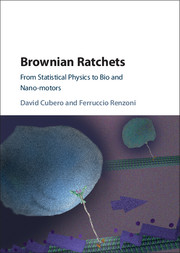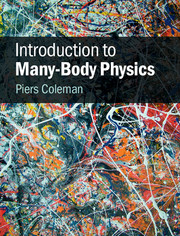This book is about Brownian ratchets, devices that rectify microscopic fluctuations. It was written with two purposes in mind. First, to introduce new readers to the field. To this is devoted the first part of the book, which treats, with as few technicalities as possible, the general ideas as well as set the broad range of physical systems where the concept of ratchets may be of relevance. The second purpose of the book is to address researchers already active in the field, by providing them with a single source for a general and detailed theoretical analysis of ratchets in the different regimes (classical vs. quantum, stochastic vs. deterministic) as well as with a coverage of experimental realizations with different physical systems, each highlighting a specific unique feature of ratchets.
No attempt has been made to provide the reader with an exhaustive list of references. There are excellent review papers, cited in the book, that already serve this purpose. We limit our reference list to the material we used the most, and to some historically important references which, despite their age, are still irreplaceable.
The book is divided into three parts. Part I covers, at an informal level, much of the material that will then be examined in depth in the rest of the book. As such, it can be used by the reader with a broad interest in the topic, but no specific need to go any deeper. This part starts with a historical overview of the Brownian ratchets. Definitions, basic ideas and fundamental concepts are introduced: from the very definition of Brownian ratchet, to the fundamental limitations imposed by the second law of thermodynamics. The historically important Brillouin paradox and Feynman ratchets are reviewed, and used to highlight the main ideas behind the concept of ratchets. This part continues by examining three fundamental models of ratchet devices, used to illustrate the general operation of a Brownian ratchet, and how directed motion is related to two fundamental requirements: out-of-equilibrium settings and symmetry breaking. This part concludes with an overview of the general relevance of the concept of ratchets. It is shown that the concept applies to very diverse fields, from biological systems to game theory.
Part II offers a detailed theoretical anlysis of ratchets. The relationship between symmetry and transport is examined in detail, thus formalizing a necessary condition, symmetry breaking, for the generation of directed motion.

